Western Art Exam 2
1/55
There's no tags or description
Looks like no tags are added yet.
Name | Mastery | Learn | Test | Matching | Spaced |
|---|
No study sessions yet.
56 Terms
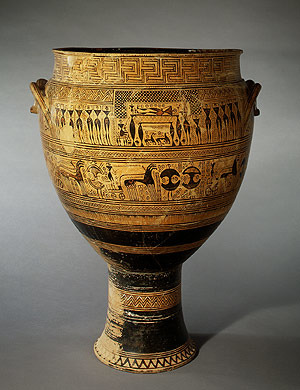
Funerary Vase
subject: cremated remains underneath ground, pot above it, oils poured into it in memory and honor of deceased, image of a funeral with simple figures
form: shape and imagery is the same as Mycenaean vase (krater), wide mouth and body used to represent men, curvy pot is for women, lot of geometric patterns in designs, 4ft tall, desire in decorative bands, two in widest part that include a narrative, ground lines, checkerboard, triangles, dotted patterns, “key pattern”, inconsistent scale, no spatial relationship, disproportionate facial looks, simple animals, elevated funeral platform - draws reference to cremation, triangular torsos, is a male but not anatomically accurate, lot of circles, squares, women are doing sad Mycenaean gesture with arms above heads, wife and child are up with him, attendants to the sides, spears, shields, 3 horses side by side (merges together), chariot, soldiers
function: normally used as grave markers and carriers of water/wine, but they have a hole in the bottom to drain out liquid, there is a desire to tell a story, says that he died a hero’s death in battle
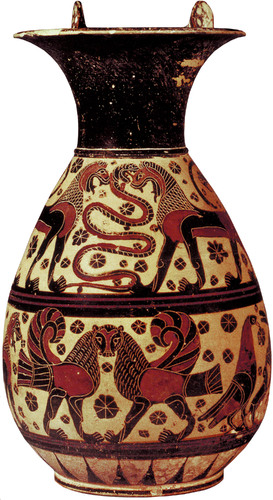
Pitcher (olpe)
subject: 1 ft tall, wide mouth pitcher
form: handle, uses images from near east, decoration, real creatures, and mythological creatures, rosette flower, sphinxes, snakes, lions, griffins, simple ground lines, geometric diamonds and circles, used black-figure technique, devices like overlapping being used
function: lip for pouring, intended for regular use
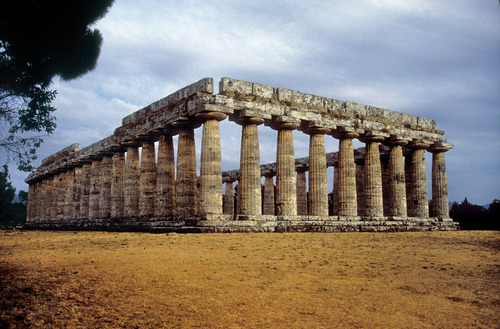
Temple of Hera I
subject: stone/marble temple for patron goddess Hera
form: altar is on the outside facing rising sun, very exclusive, priests and attendants only inside, public is outside at altar, Hera: queen of the gods, married to Zeus, would have had a large statue of her, post and lintel construction used to build, set up like a Mycenaean megaron (throne room), desire for symmetry, balance, and order, pronaos, naos, peripteral, colonnade, super structure above columns, super structure connected to roof, classical order present (Doric temple), capital is simple, chunky columns, architrave, frieze on top, pediment, triglyph, metope, entasis, sense of flexibility and life
function: temple is a house/shrine for the statue of the goddess
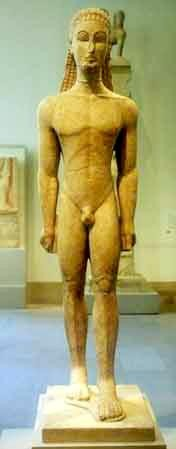
New York Kouros
subject: youth male, 6 ½ ft tall
function: marble, painted before, given more life like appearance, similar to Egyptian Ka statues, very rigid, closed, one foot extended forward, in the round, naked, eyes were painted, removing more material, not tied to block - different function, athletic and skinny form, youthful, reference to muscles, creases, simple triangle as ribcage, sharp leg bones, calves, knees, little necklace, flat hair, stylized little circular patterns, headband, flat back, spine, elbows, shoulder blades, ears are strange, flat face too, large eyes (almond), disproportionate, alien look, encaustic technique used
form: grave markers, life like and monumental sculptures, votive gift/statue offering to certain gods, male body was celebrated, idealized male nude emerges here - goal of the Greeks
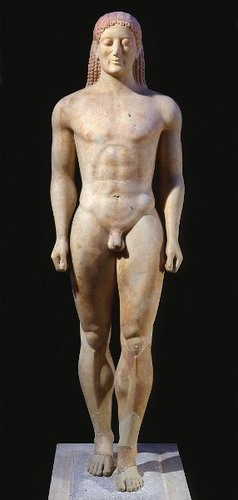
Anavysos Kouros
subject: grave marker of Kroisos,
form: encaustic technique still used, advancement in physical form from New York Kouros, references in body parts are subtle, creases in his mouth area, face is not flat, pronounced cheeks, dimpled chin, naturalistic distinction, looks a bit more like flesh, rounder hips, shoulders wider, no more stone attached, calves are large, belly button prominent, ankles are detailed, hair is a bit better but still stylized, smiling face? - no, it is an archaic smile= not happy, just the dead face, creases introduced to show movement and vitality in the face
function: shows he died a hero’s death, base is inscribed with mournful message
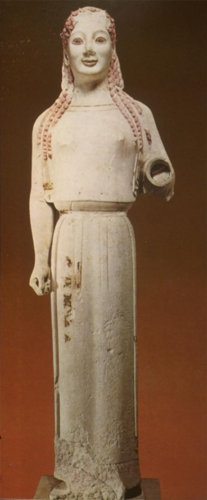
Peplos Kore
subject: female youth carrying a vase, 4 ft tall
form: fully clothed unlike kouros, wears a long dress, belted at waist, peplos: garment she wears, found on Acropolis at Athens, getting more active, hand reaching out, extending an offering, still rigid, but more happening, painted beautiful yellow, red, blue, face is simple, long rows of hair, hand has rounded palm, resting against garment, archaic smile, definition to the face
function: votive offering devoted to patron Athena
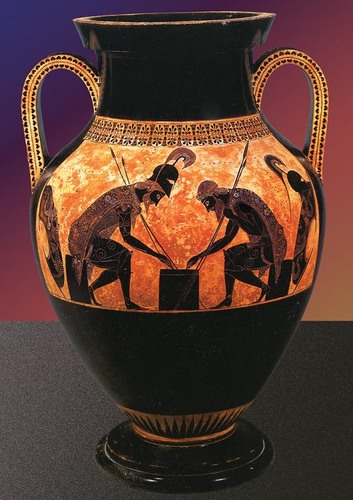
Achilles and Ajax Playing a Game
subject: shift in terms of ceramic production (Athens based), draws from Homer’s Iliad, Achilles and Ajax (soldiers) dressed in helmet, spears, shields, playing a game, taking a break from battle
form: different kind of clay and is red, black-figure technique, figures are bigger, one large area meant to be representative, some detail below and above, but meant for wide part to have imagery, amphora: all purpose storage job, background is red, figures in black, details are incised, decor is much more elaborate, very stylized, cloaks have lots of geometric shapes, locks of hair, helmets, shields - composes image with a frame, calm before the storm, “saying” the moves they are making in the game, pot found in Italy in an Etruscan tomb, lived in pre-Roman period - shows how desirable his pots as well as Greece’s pots were, frontal eyes staring at us, figures are pretty good
function: introduction of text, used to identify the characters and the artist: Exekias, potter and painter, signed it so he is proud of his work
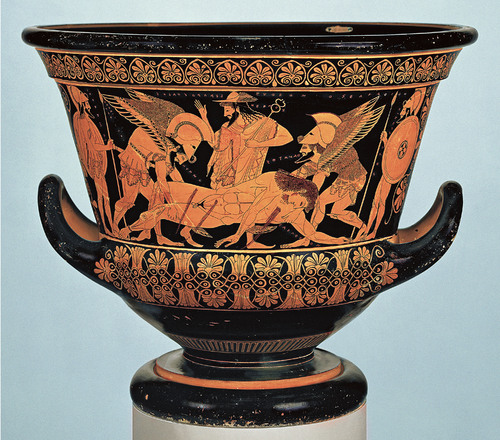
Death of Sarpedon
subject: Sarpedon: son of Zeus, fought with Trojans but was killed in battle, Greeks are treating an enemy as respectful and honorary hero death, lot of anatomical detail, other features used to suggest blood
form: red-figure technique, figures pop more, stand out prominently, lot easier to make things softer, more life like (naturalism), lot of flower designs, framing soldiers to keep audience focused on main scene, image is not completely flat, turning head slightly in front, showing knee falling forward (foreshortening), sense of occupying space, Europonios made this, known for 3D figures, shows specialization, 2 personified winged figures dressed in armor (Hypnos - sleep, Thanatos - death), Hermes has his staff, winged hat, winged feet, overseeing these actions, responsible for delivering people to underworld, some stylized elements, a bit more natural with space
function: krater pot, large image of a figure from Iliad
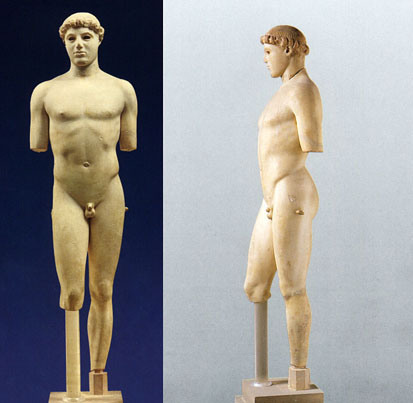
Kritios Boy
subject: Kritios is sculptor, found on Acropolis, marble, represented ideal of a fit male athlete, one of several lining processional way leading up from town to major temples - honor participation in the games
form: more natural, less uptight, softer, curvature, structure, muscles, bones, skin, fitness, facial features are proportionate, eyes were carved so inlay would be put in, hair isn’t great, broken but not rigid, first example from Greeks to show real human movement in the form of a weight shift - contrapposto, not just understanding how the body looks, but how it moves all together, one side (leg) has weight while other is visibly bending, pronounced butt, angled anatomically well, pronounced back, neck is turning slightly, much better ear, easy to tell he is a young man, no more archaic smile, makes it much more realistic, want the face to be controlled and static (Greek ideal, order)
function: Greek showing of the natural/perfect human body (orderly, control over destiny, reason)
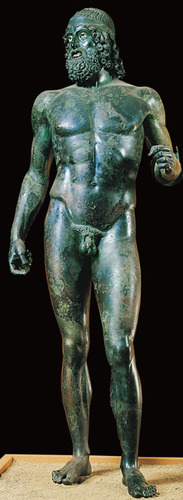
Warrior A
subject: 7 ft tall, also a warrior b, discovered in the sea of Calabria, Italy, found on a sunken cargo ship,
form: wore a shield (cuff still seen today), spear would have gone in hand, good hair, headband, clearly contrapposto, weight shift, bend of the knee, fully turns his head, surveying area, lifts his arms up, not static, bronze, beard and hair are curly, bronze is hollow cast, shift in the preferred medium, more flexible, not as heavy, allows for more manipulation
function: believed they were part of a monument to remember military victory
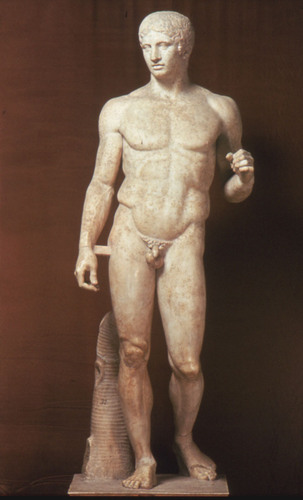
Spear Bearer
subject: ideal male athlete type, hand held a spear
form: important artist, original was bronze, makes it beautiful, perfect proportion, relationship between all parts of the body, canon - measure/law - says why and how he does what he does, systemic formula for the body proportions, tensed and relaxed limbs opposing each other diagonally, pronounced contrapposto, cross balancing used, hips to left, head to the right, focused face
function: focused efforts on perfected nude male athlete, order on human movement,
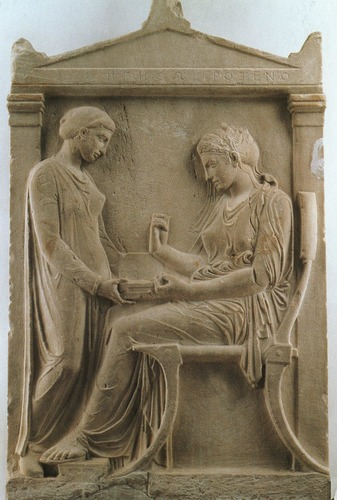
Grave Stele of Hegeso
subject: marble, 5 ft tall, it is a grave marker, traditional model similar to today, Dipylon cemetery in Athens
form: architectural setting to frame her, name is written, her and her attendant, framed a scene, pediment, flat supportive columns, Doric, genre scene, everyday life, women lived secluded lives, tied to their quarters, placed in context of the home, attendant asserts status, she is seated with elegant hair and robe, hierarchical scale, attendant extending jewelry box - show of wealth, holding one up, chair is impressive, women are clothed and covered, but the curves are more noticeable, now it hangs off her body naturally, attendant is in contrapposto - can see her knees, controlled faces, no smiles, Greek show of order
function: commemorates Hegeso’s death, seated woman, also promotes her father Proxienos’s wealth (both names on the stone), patriarchal society, shows his wealth and status
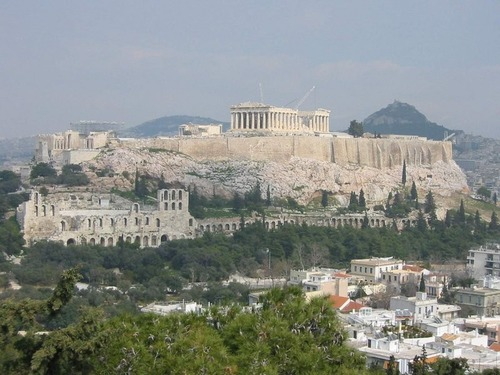
Parthenon
subject: marble temple complex dedicated to Athena, made by Iktinos and Kallikrates
form: lot of buildings, upward movement, lot of Greek gods and statues everywhere, apply the golden ratio: math ratio fosters organic/natural looking designs that are aesthetically pleasing, all mathematically designed, more proportionate than other temples, heroic sense, not stubby, Doric columns, has ionic features visible on the interior metopes and triglyphs on the frieze up top, pediment, optical adjustments, not very regular, entasis used, but not very pronounced, little flexibility, upper step is slightly curved, carried through to the entablature, some columns thicker/slightly closer together, would have been painted, water would drain off curved stairs, single row of columns all around, pronaos, naos, huge sculpture in here, space behind it is the treasury, 4 columns inside are ionic, have a base, all things are balanced, top of the wall all around is a continuous frieze, lot of sculpture here, Phidias led the effort, would have the statue in gold and ivory, very tall, ready for battle, holding “Nike”, snake friend by side (protective and health), dynamic colorful structure
function: exemplifies ideal plan for temple, perfect proportions and order, ideal beauty,
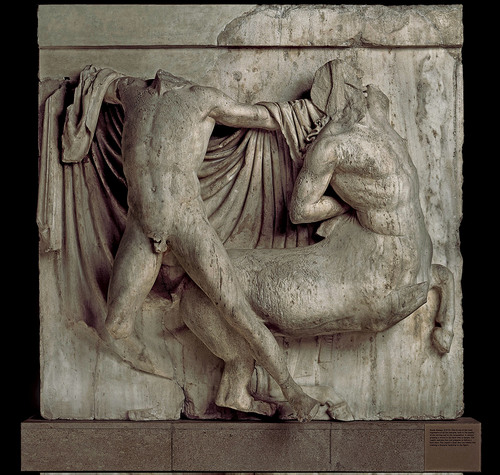
Lapith Fighting a Centaur
subject: battles of Lapiths and Centaurs (Homer), Theseus story
form: high relief, centaurs are wild, animal nature, chaotic, invited to wedding of Lapith king, drank too much and started a fight, Lapiths started to fight to drive them away and won, pairs of figures all around struggling against each other, Greek is portrayed as ideal male nude, moves well, complex pose, athlete, centaur grabbing Greek’s leg and neck, no reaction from Greek, centaur is very emotional, aggression, sense of balance and beauty, diagonals with body parts - mirrored actions, equally balanced wins and losses, victory is better against a worthy foe, not one-sided, very detailed horse body
function: triumph of order over chaos, Greeks over Persians, order/reason over barbarism
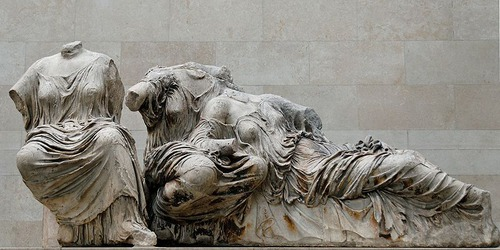
Three Goddesses
subject: part of the pediment on the temple, part of birth of Athena, huge display
form: leaning on one another, part of larger display, complex movements, turning, sit/lean believably, covered up, but dynamic drapery, no attributed of goddesses, just assumed
function: show important figures that would have been important to Athena’s birth story
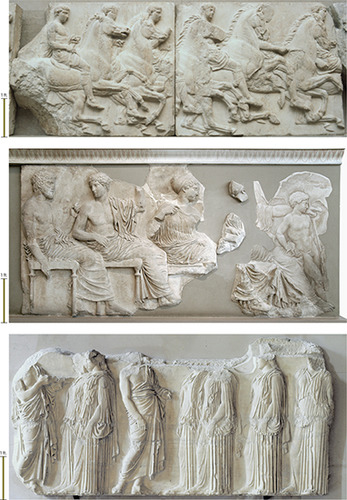
Panathenaic Procession
subject: part of outer wall, 3 ½ ft tall, real ceremony every 4 years in Athens
form: all people attend as sculpture/wooden statue of Athena from Archaic period was given a new peplos, suggestion of movement, continuous, quick, figures move fast, lot of dynamic actions with humans and animals, energy and excitement, little groups of people discussing, contrapposto, gods and goddesses at front, in central area to watch ceremony
function: honorific action
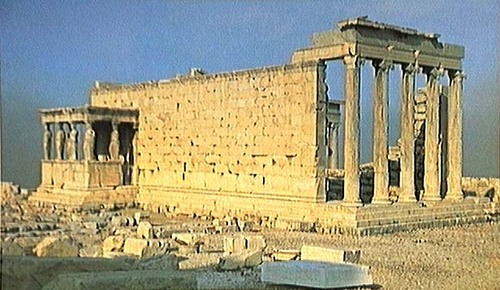
The Erechtheion
subject: different design, temple housed Athena Archaic statue, site and shrines make it very different
form: follows the lay of the area, name goes back to mythological king who received the statue from the heavens as a gift, hosted contest between Athena and Poseidon, Poseidon gave horses, Athena gave the olive tree, olive tree is major source of economic stability, Ionic temple, capital and base, continuous frieze, dark blue limestone, painted relief figures, 3 porches, screen wall closes off the fourth, very complex design, Poseidon’s salt spring is inside, snake pit, Kekropeion judged contest, is half man, half serpent
function: sacred ground, was a shrine place
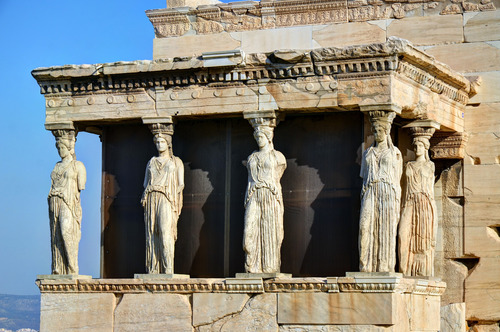
Porch of the Maidens
subject:
form:
function:
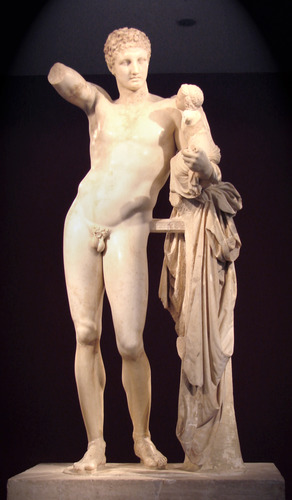
Hermes and Dionysos
subject:
form:
function:
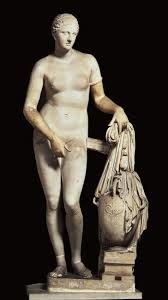
Aphrodite of Knidos
subject:
form:
function:
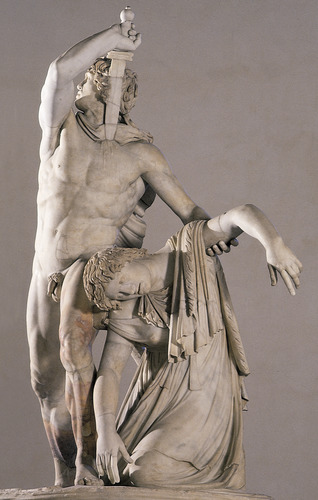
Gallic Chieftain Killing His Wife and Himself
subject:
form:
function:
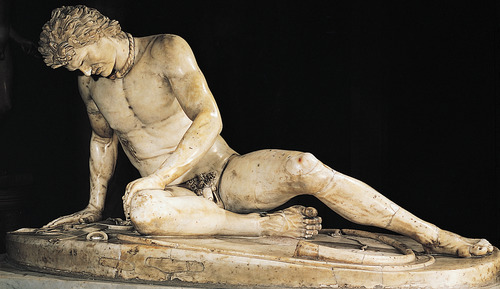
Dying Gallic Trumpeter
subject:
form:
function:
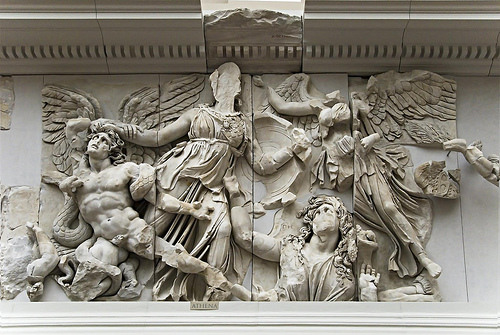
Athena Attacking the Giants
subject:
form:
function:
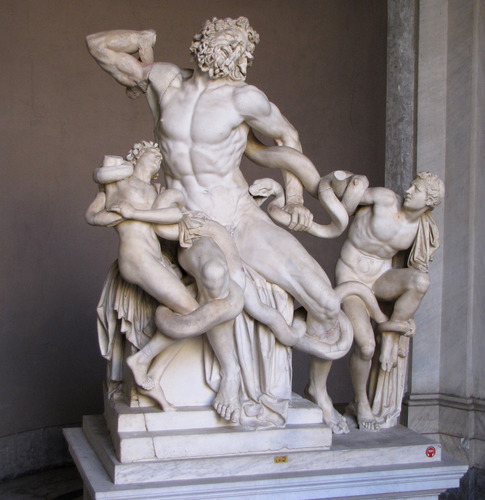
Laoccon and His Sons
subject:
form:
function:
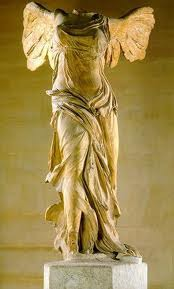
Nike of Samothrace
subject:
form:
function:
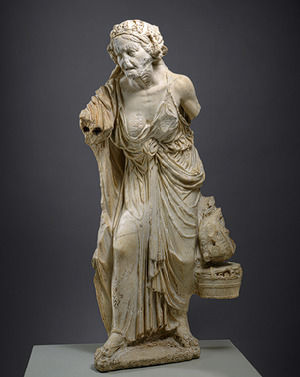
Old Woman
subject:
form:
function:
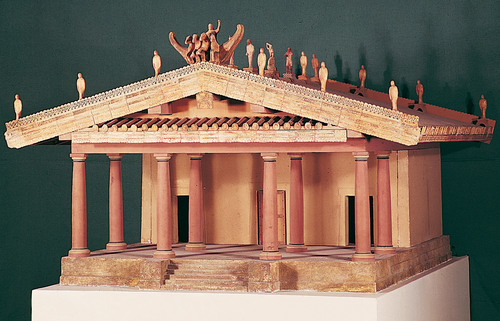
Etruscan temple plan
subject:
form:
function:
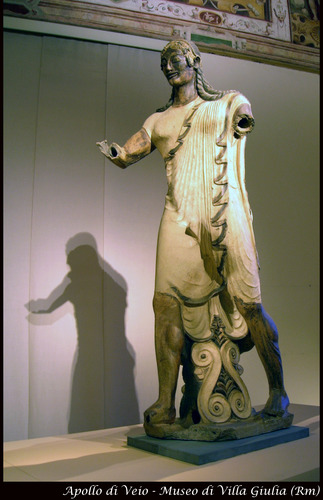
Apollo
subject:
form:
function:
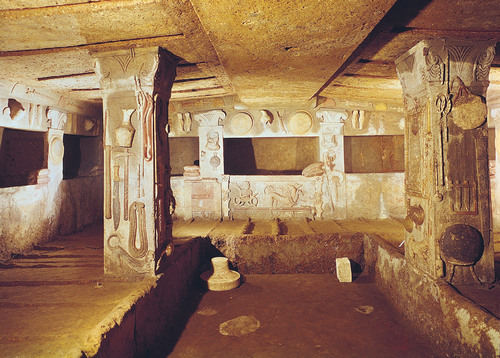
Tomb of the Reliefs
subject:
form:
function:
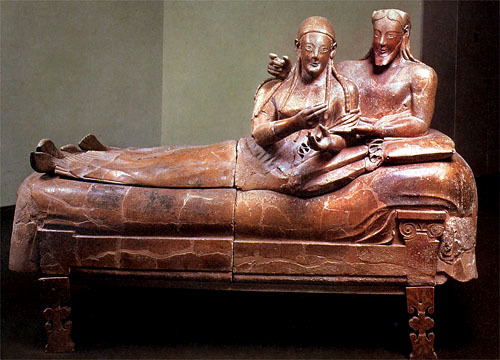
Sarcophagus
subject:
form:
function:
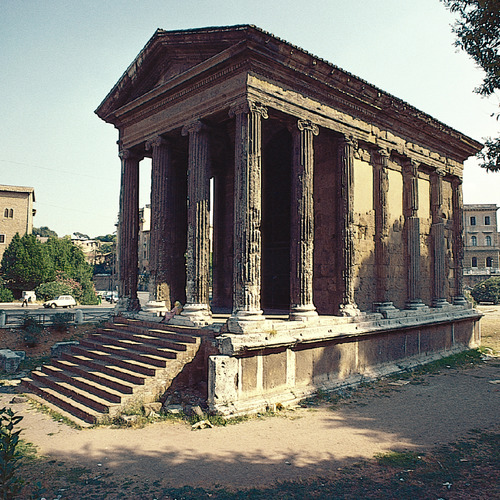
Temple of Portunus
subject:
form:
function:
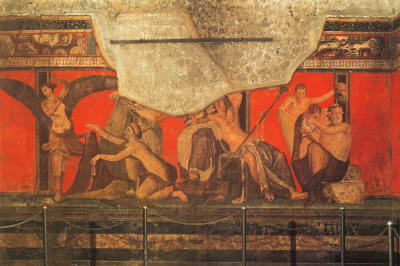
Initiation of Rites of the Cult of Bacchus
subject:
form:
function:
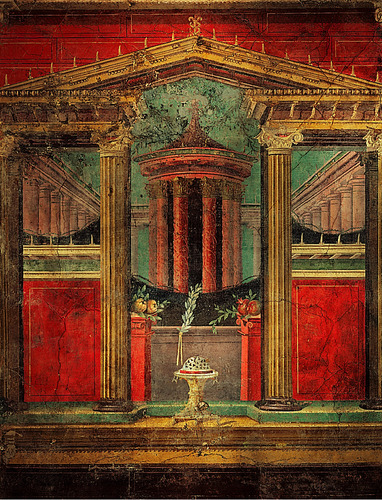
Cityscape
subject:
form:
function:
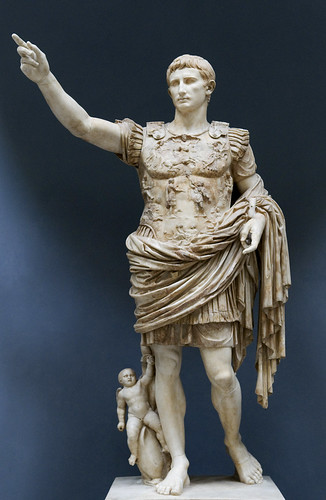
Augustus of Primaporta
subject:
form:
function:
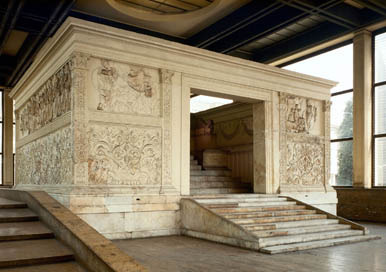
Ara Pacis
subject:
form:
function:
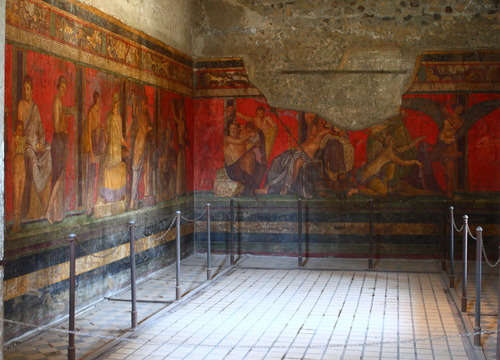
Imperial Procession
subject:
form:
function:
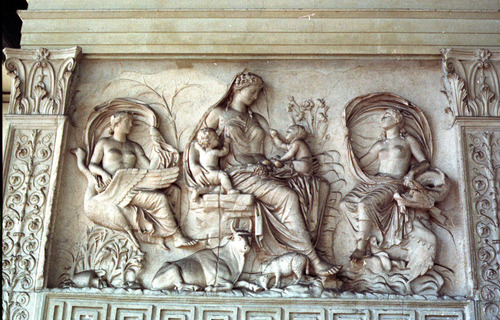
Allegory of Peace
subject:
form:
function:
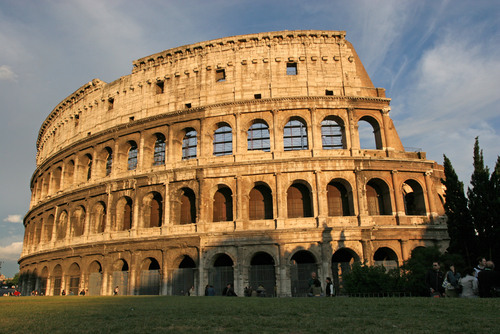
Colosseum
subject:
form:
function:
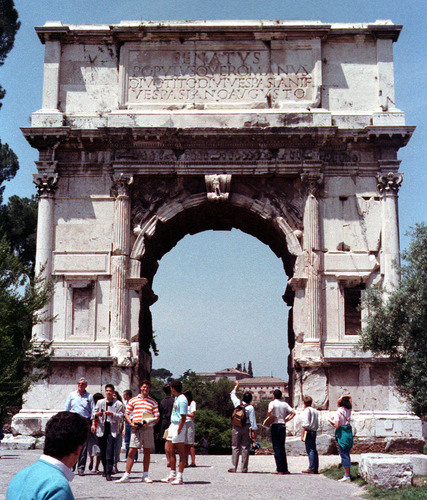
Arch of Titus
subject:
form:
function:
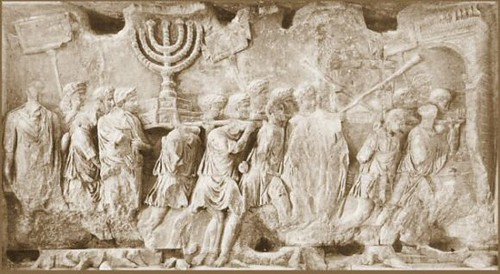
Spoils from Temple of Solomon
subject:
form:
function:
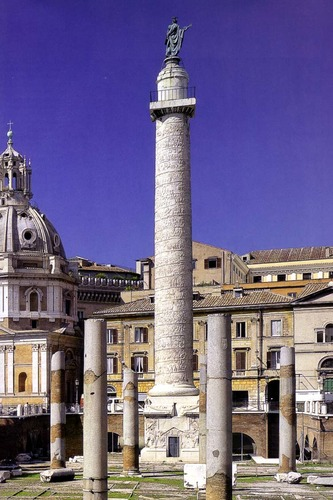
Column of Trajan
subject:
form:
function:
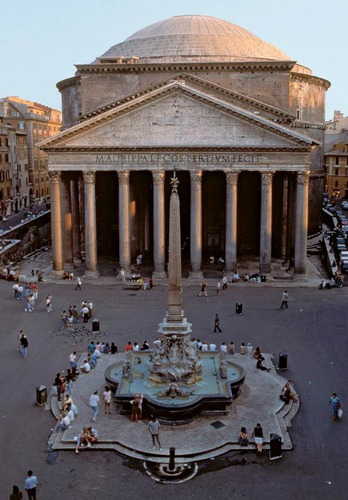
Pantheon
subject:
form:
function:
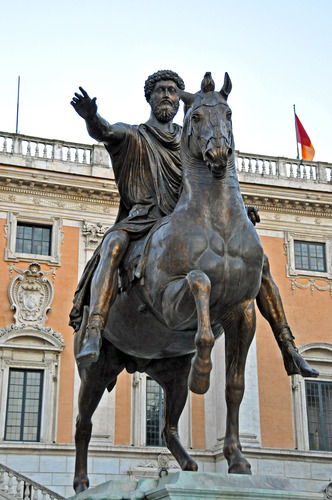
Equestrian Statue of Marcus Aurelius
subject:
form:
function:
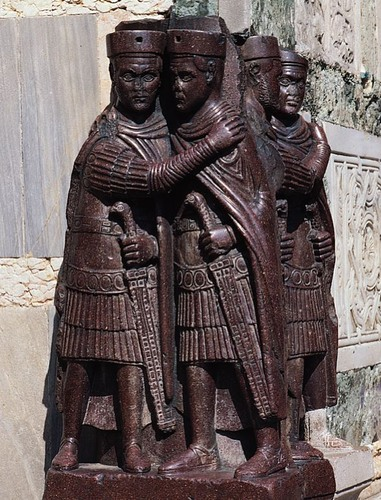
The Tetrarchs
subject:
form:
function:
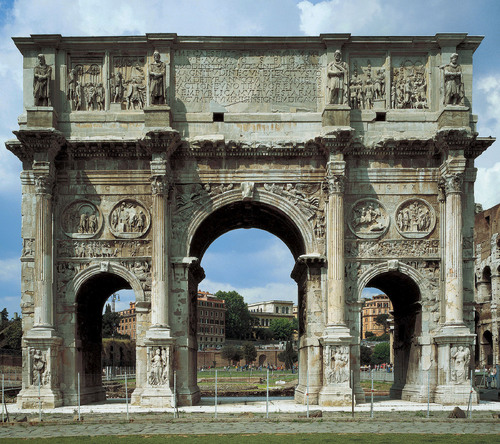
Arch of Constantine
subject:
form:
function:
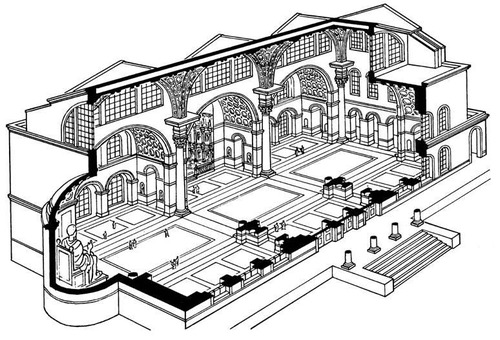
Basilica of Maxentius and Constantine (Basilica Nova)
subject:
form:
function:
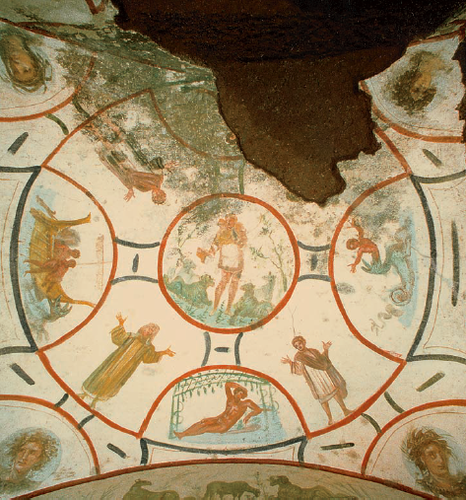
Good Shepherd, Orants, and Story of Jonah
subject:
form:
function:
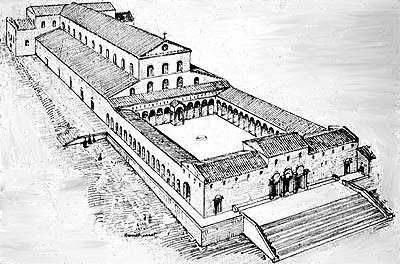
Old St. Peter’s
subject:
form:
function:
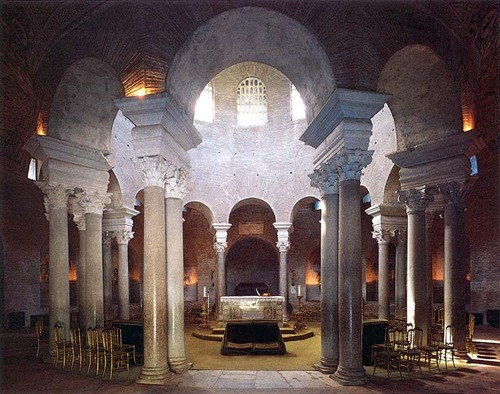
Santa Costanza
subject:
form:
function:
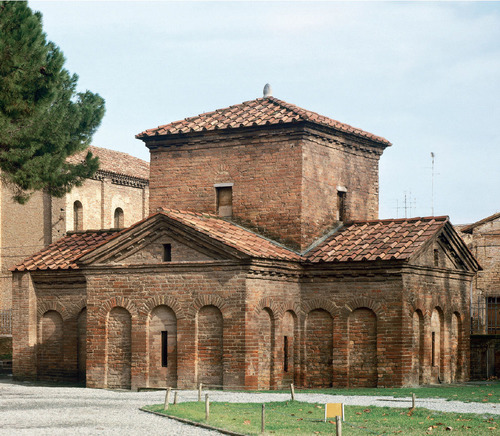
Oratory of Galla Placidia
subject:
form:
function:
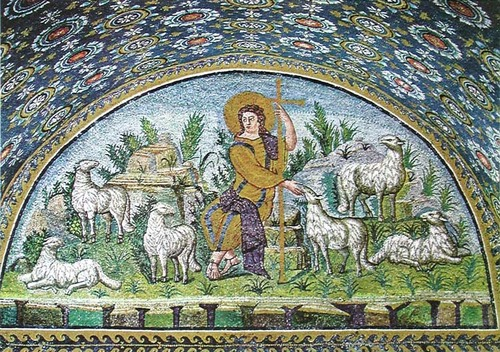
Good Shepherd mosaic
subject:
form:
function:
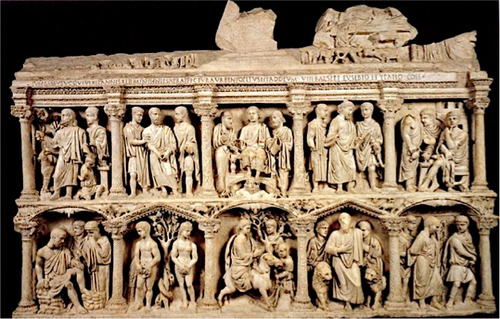
Sarcophagus of Junius Bassus
subject:
form:
function:
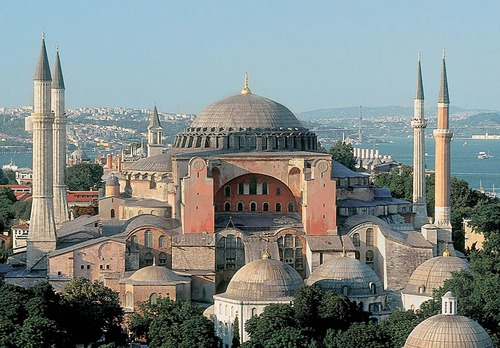
Anthemius of Tralles and Isidorus of Miletus, Hagia Sophia, Istanbul, Early Byzantine Art (400-726 CE)
subject:
form:
function:
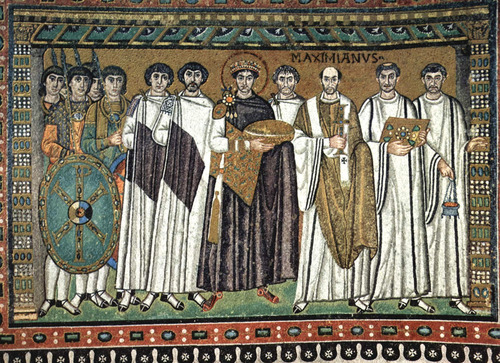
Justinian and His Attendants
subject:
form:
function:
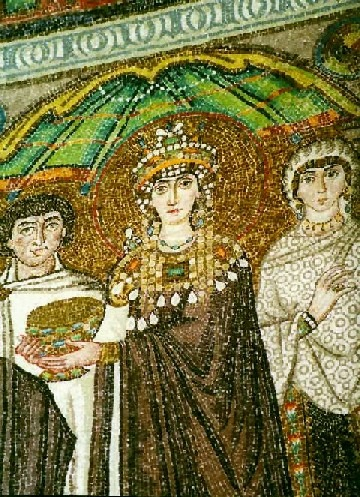
Theodora and Her Attendants
subject:
form:
function:
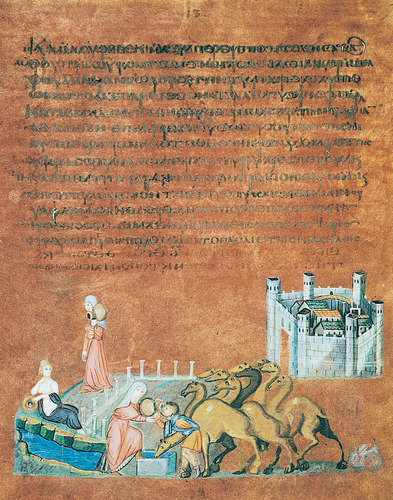
Rebecca at the Well
subject:
form:
function: